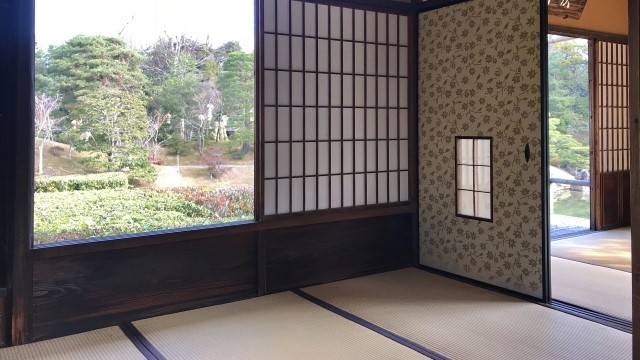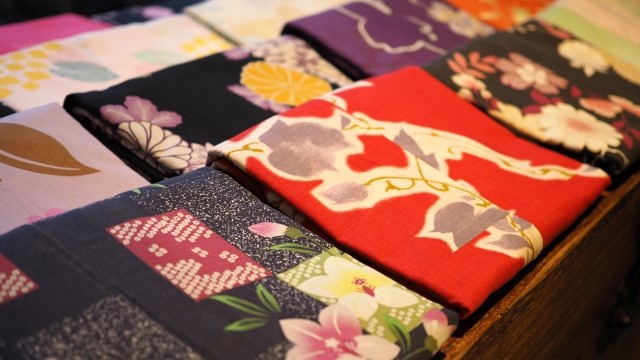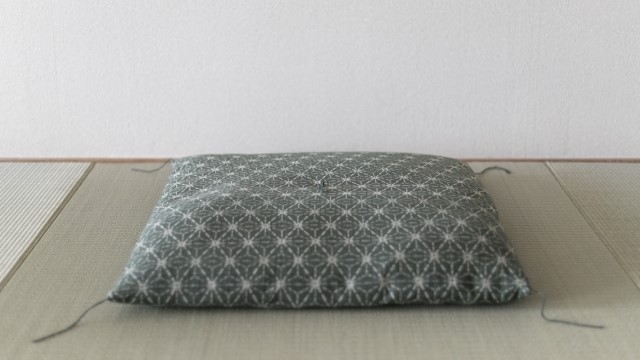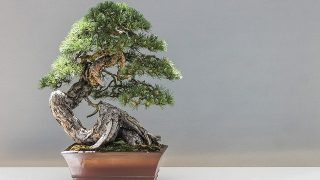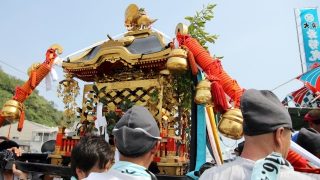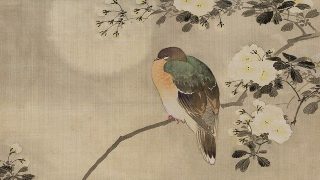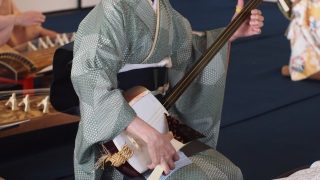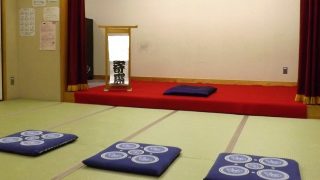About Tatami (畳)
Tatami is a traditional flooring material used in Japan.
Tatami is a tatami floor (Tatami-doko) made of straw sewn with a tatami mattress (Tatami-mote) woven from Igusa. It’s breathable and wicks away sweat, ideal for hot and humid Japanese summer. In addition, it is a superior flooring material for winter as it retains moisture better than flooring.
In the Nara period (710-794), all rugs, such as Goza and matting, were called “Tatami.” It was during the Heian period that Tatami was born as it is today.
The Tatami was placed on a plank floor for sitting and sleeping.
Also, it seems that the edges’ thickness, size, and color were distinguished by class.
Since the Muromachi period (1336-1573), the entire room was covered with them. The size was unified at 191 x 95.5 cm (Kyoma). On the other hand, in the Edo period, the standard size was 176 x 88 cm (Edoma).
In Edo, where the population grew rapidly, it is said to have been smaller because building many houses on small lots was necessary.
In Japanese houses, the number of tatami mats spread on the floor (4.5 tatami, 6 tatami, etc.) is still the standard to indicate the size of a room.
Characteristics of Tatami
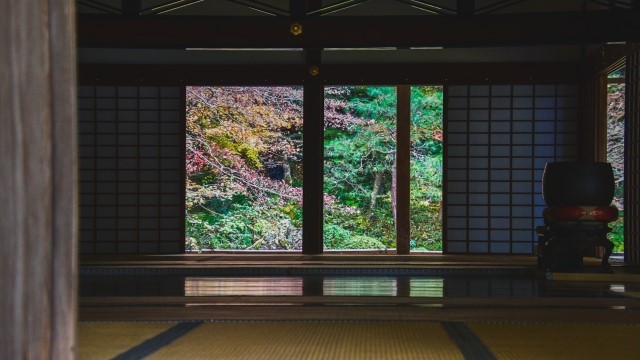
Tatami has various structural properties, such as insulation, heat retention, and elasticity. Tatami also has the effect of purifying the air in the room.
During the humid season, each Tatami can absorb as much as 500cc of moisture, and when the season is dry, the Tatami will release the moisture from the Tatami itself.
It works well with the Japanese climate as it regulates humidity. The material of Tatami, Igusa, also has the ability to absorb carbon dioxide, dust, and dirt.
Tatami, which has been used in the Japanese climate, circulates and adjusts the air in the room to keep it clean. In this way, Tatami is most suitable for the climate and climate of Japan, and the natural scent of Igusa, the simple feeling, and the size of the encompassing power create a place of relaxation.
Types and sizes of Tatami
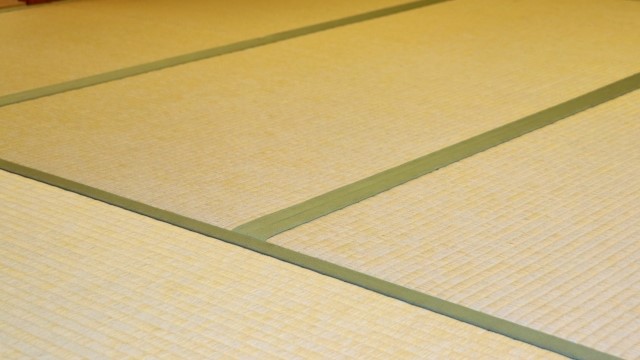
All tatami mats have a uniform 2:1 aspect ratio, but the size varies depending on the type.
The four most common types of tatami are, in order of size, “Kyoma,” “Chukyoma,” “Edoma,” and “Danchima.” Let’s take a look at the characteristics of each.
Kyoma (191cm × 95.5cm)
This type is widely used in western Japan and is found in the Kansai, Chugoku, Shikoku, and Kyushu regions. Officially, it is called “Kyoma,” but it is also called “Kansaima.”
Chukyoma (182cm × 91cm)
It is mainly found in the Chubu region, but it is also used in some of the Kansai and Tohoku regions.
Edoma (176cm × 88cm)
It is used in the Kanto region, mainly in Tokyo, but also in the area north of Shizuoka.
Danchima (170cm × 85cm)
Regardless of the area, it is used in public housing, apartments, and condominiums. It is a new type that came about when Japan entered a period of high growth. The need for housing grew, and many apartment complexes were built.
Why are the sizes so different?
One of the reasons for this is that the length of the original unit of tatami size, “Tekken (一間),” has changed over the period. In the Azuchi-Momoyama period, the size of the chicken was 6 shaku 5 suns (6尺5寸), but in the Edo period, it became 6 shaku (6尺), which seems to have influenced the size of the Tatami.


